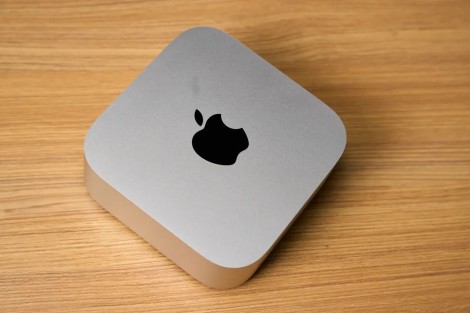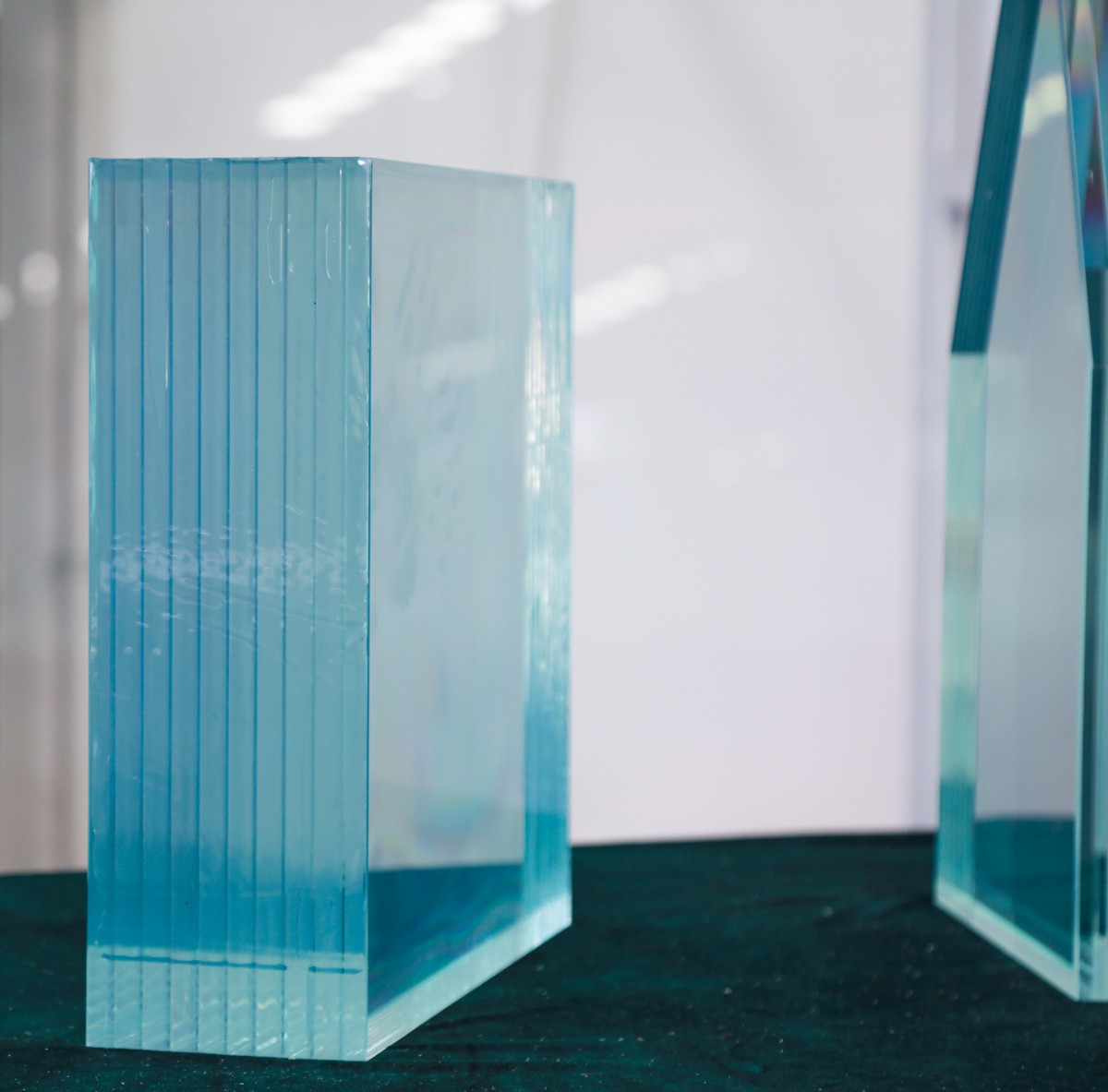When it comes to creating a comfortable and healthy living environment, mechanical ventilation plays a crucial role. It not only ensures a steady supply of fresh air but also helps in controlling humidity levels and reducing indoor pollutants. However, one of the most pressing questions homeowners face is: How much does mechanical ventilation cost for a house? This article delves into the various factors influencing the cost of mechanical ventilation systems, the types available, and the long-term benefits that can justify the initial investment.
- Types of Mechanical Ventilation Systems
Before we can discuss costs, it's essential to understand the different types of mechanical ventilation systems available:
- Exhaust Ventilation Systems: These systems work by expelling stale indoor air, creating a negative pressure that draws in fresh air through passive vents. They are generally the most affordable option, with installation costs ranging from $500 to $2,000.
- Supply Ventilation Systems: In contrast to exhaust systems, supply ventilation systems introduce fresh air into the home while exhausting stale air through passive vents. The cost for these systems typically ranges from $1,000 to $3,000.
- Balanced Ventilation Systems: These systems, such as heat recovery ventilators (HRVs) and energy recovery ventilators (ERVs), provide a balanced exchange of indoor and outdoor air. They are more complex and efficient, with costs ranging from $2,000 to $5,000, depending on the size of the home and the specific system chosen.
- Whole-House Ventilation Systems: These systems integrate with existing HVAC systems and can be customized to meet the specific needs of a home. Installation costs can vary widely, typically ranging from $3,000 to $10,000 or more, depending on the complexity and features.
- Factors Influencing Cost
Several factors can significantly influence the overall cost of installing a mechanical ventilation system in your home:
- Home Size and Layout: Larger homes or those with complex layouts may require more extensive systems, leading to higher installation costs. The number of rooms and the total square footage will directly impact the size and type of system needed.
- System Type and Features: As mentioned earlier, the type of system you choose will affect the cost. Advanced features such as humidity control, air filtration, and smart home integration can also increase the price.
- Installation Complexity: The existing infrastructure of your home can influence installation costs. Homes without ductwork may require additional modifications, which can add to the overall expense.
- Local Labor Costs: Installation costs can vary significantly based on your geographic location. Urban areas with a higher cost of living may see increased labor rates compared to rural areas.
- Energy Efficiency Ratings: Systems with higher energy efficiency ratings may have a higher upfront cost but can lead to significant savings on energy bills over time. Investing in a more efficient system can be a wise long-term financial decision.
- Long-Term Benefits
While the initial investment in a mechanical ventilation system can be substantial, the long-term benefits often outweigh the costs:
- Improved Indoor Air Quality: Mechanical ventilation systems help reduce indoor pollutants, allergens, and excess moisture, contributing to a healthier living environment.
- Energy Savings: Many modern systems are designed to be energy-efficient, which can lead to lower heating and cooling costs over time. Systems like HRVs and ERVs can recover heat from outgoing air, reducing the energy required to heat or cool incoming air.
- Increased Home Value: A well-ventilated home is often more attractive to potential buyers. Investing in a mechanical ventilation system can enhance your home's marketability and potentially increase its resale value.
- Comfort and Well-being: Proper ventilation contributes to a more comfortable living environment by regulating temperature and humidity levels, which can enhance overall well-being.
Conclusion
In summary, the cost of mechanical ventilation for a house can vary widely based on several factors, including the type of system, home size, and local labor rates. While initial costs can range from a few hundred to several thousand dollars, the long-term benefits—such as improved indoor air quality, energy savings, and increased home value—make it a worthwhile investment for many homeowners. When considering mechanical ventilation, it’s essential to consult with a qualified HVAC professional to assess your specific needs and determine the best system for your home. By making an informed decision, you can ensure a healthier, more comfortable living environment for you and your family.






+ There are no comments
Add yours